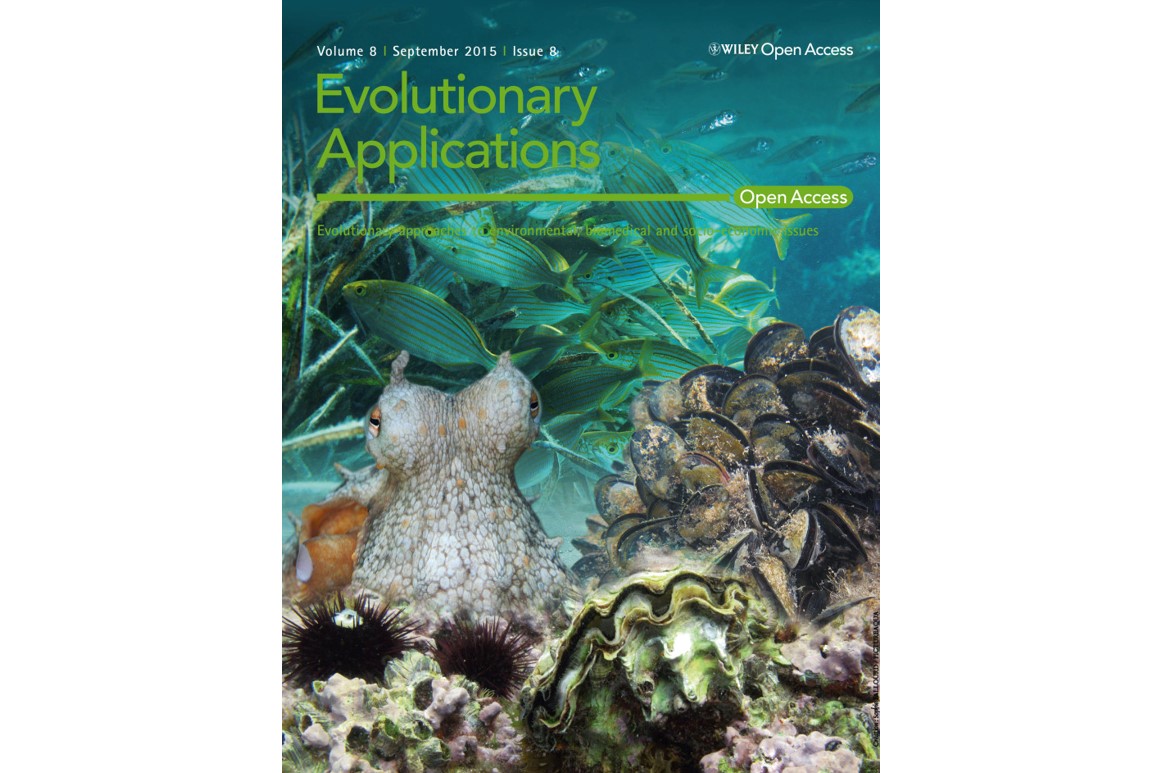Published in: Evolutionary Applications
Date published: 12 June 2015
Authors: Patricia Brekke1, John G. Ewen1, Gemma Clucas2, Anna Santure3
- Institute of Zoology, Zoological Society of London, Regents Park, London, NW1 4RY, United Kingdom.
- Ocean and Earth Science, National Oceanography Centre Southampton, University of Southampton, Waterfront Campus European Way, Southampton, SO14 3ZH, United Kingdom
- Department of Animal and Plant Sciences, University of Sheffield, Western Bank, Sheffield, S10 2TN, United Kingdom.
- School of Biological Sciences, University of Auckland, Private Bag 92019, Auckland, 1142, New Zealand.
Abstract:
Floating males are usually thought of as non-breeders. However, some floating individuals are able to reproduce through extra-pair copulations. Floater reproductive success can impact breeders’ sex-ratio, reproductive variance, multiple paternity and inbreeding, particularly in small populations. Changes in reproductive variance alter the rate of genetic drift and loss of genetic diversity. Therefore, genetic management of threatened species requires an understanding of floater reproduction and determinants of floating behaviour to effectively conserve species. Here, we used a pedigreed, free-living population of the endangered New Zealand hihi (Notiomystis cincta) to assess variance in male reproductive success and test the genetic (inbreeding and heritability) and conditional (age and size) factors that influence floater behaviour and reproduction. Floater reproduction is common in this species. However, floater individuals have lower reproductive success and variance in reproductive success than territorial males (total and extra-pair fledglings), so their relative impact on the population’s reproductive performance is low. Whether an individual becomes a floater, and if so then how successful they are, is determined mainly by individual age (young and old) and to lesser extents male size (small) and inbreeding level (inbred). Floating males have a small, but important role in population reproduction and persistence of threatened populations.
Paper available open access from here: http://onlinelibrary.wiley.com/doi/10.1111/eva.12287/abstract
